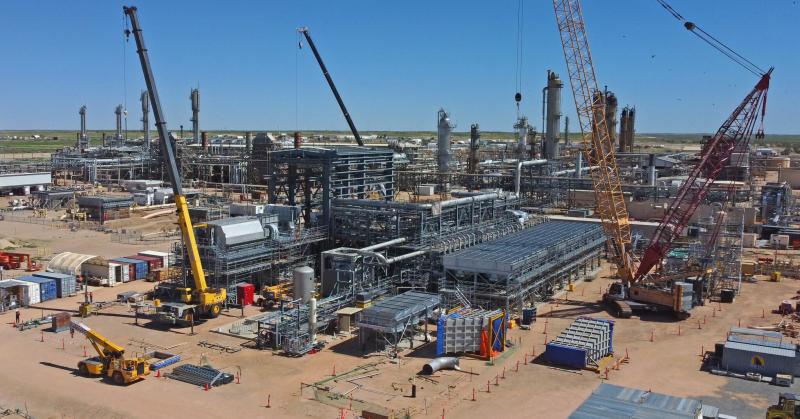Australian LNG player Santos has secured finance for the company’s share of the $220 million Moomba carbon capture and storage (CCS) project in South Australia.
The facilities, with a five-year tenor and totalling $150 million, will be used to cover project costs incurred to date and to draw down upon as the project progresses to first injection targeted for mid-2024, according to a statement by Santos.
Santos CEO and managing director, Kevin Gallagher, highlighted the willingness of banks to fund energy transition projects at “very competitive” rates and said this indicated their recognition of CCS as a “vital tool in reaching the world’s net-zero ambitions.”
“The median of IPCC 1.5-degree scenarios assumes Asian gas demand will increase slightly out to 2050 (compared to 2020) with some scenarios assuming demand increase of 40 percent or more,” he said.
“Abating the emissions associated with natural gas is critical to reduce greenhouse gas emissions and tackle climate change, and our Moomba CCS project will help achieve this,” Gallagher said.
First phase 80 percent complete
The first phase of the Moomba CCS project is now 80 percent complete and is targeting about $24 per tonne lifecycle breakeven storage costs, which will make it one of the lowest-cost CCS projects globally, Santos claims.
Santos partnered up with Beach Energy for the project which will have capacity to store up to 1.7 million tonnes of CO2 per year, with actual volumes depending on availability of CO2 for storage.
That’s equivalent to delivering – every year – about 28 per cent of the total emissions reduction achieved in Australia’s electricity sector last year, Santos said.
The Cooper Basin will play a “significant” role in the energy evolution as it transforms into a decarbonization hub with the potential to produce low-carbon fuels and offer CCS services which could reduce emissions from “critical” fuels such as LNG and from hard-to-abate sectors such as steel, aluminum, and cement, it said.
Santos has recently signed a series of agreements with international third parties to evaluate the potential to capture, transport, and sequester their emissions at Moomba.

